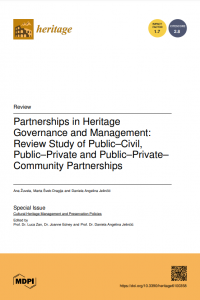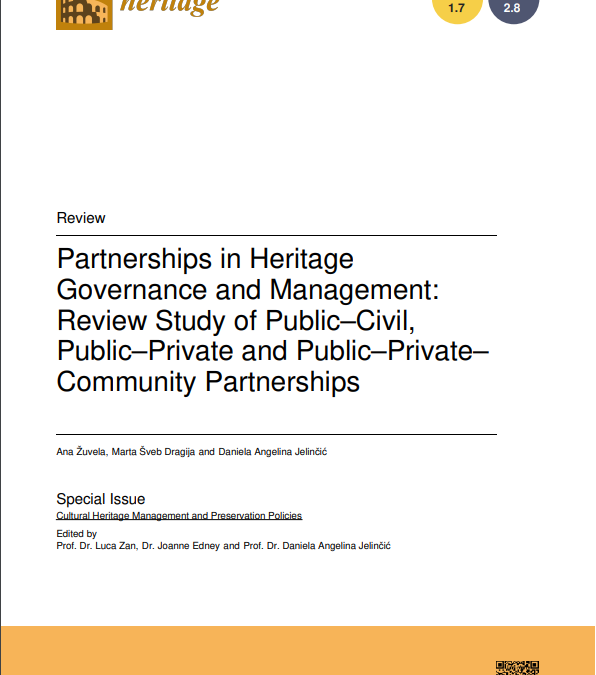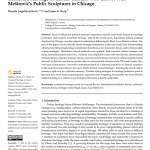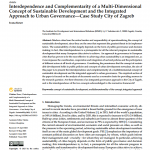
Journal: Heritage, Vol.6, no. 10 (This article belongs to the Special Issue Cultural Heritage Management and Preservation Policies)
Publisher: MDPI
Year: 2023.
ISSN: 2571-9408
Abstract
Cultural heritage governance and management has been shifting from the sole authority of the state and public bodies towards approaches that list multi-actor partnerships in several combinations involving public actors, civil society, private actors and community. This paper examines the public–civil, public–private and public–private–community partnerships through expounding rationales, conceptual backgrounds and theoretical framings for each partnership, followed by a systemic review and analysis of the academic literature sourced through the PRISMA protocol. The analysis objective was to assess the main advantages and disadvantages of each of the partnerships in governing and managing cultural heritage, noting the levels of representation of each governance and management approach. The results have shown that the public–civil and public–private–community partnerships have similar advantages and disadvantages, with the public–civil partnership being the least represented approach in the literature, while the public–private partnership has the highest level of representation with advantages and disadvantages that are inclined towards more pragmatic aims than those of the other two examined approaches. The so-called ‘new governance models’ of heritage were also detected in the analysis; however, they represent only a variant of the already analysed models.




